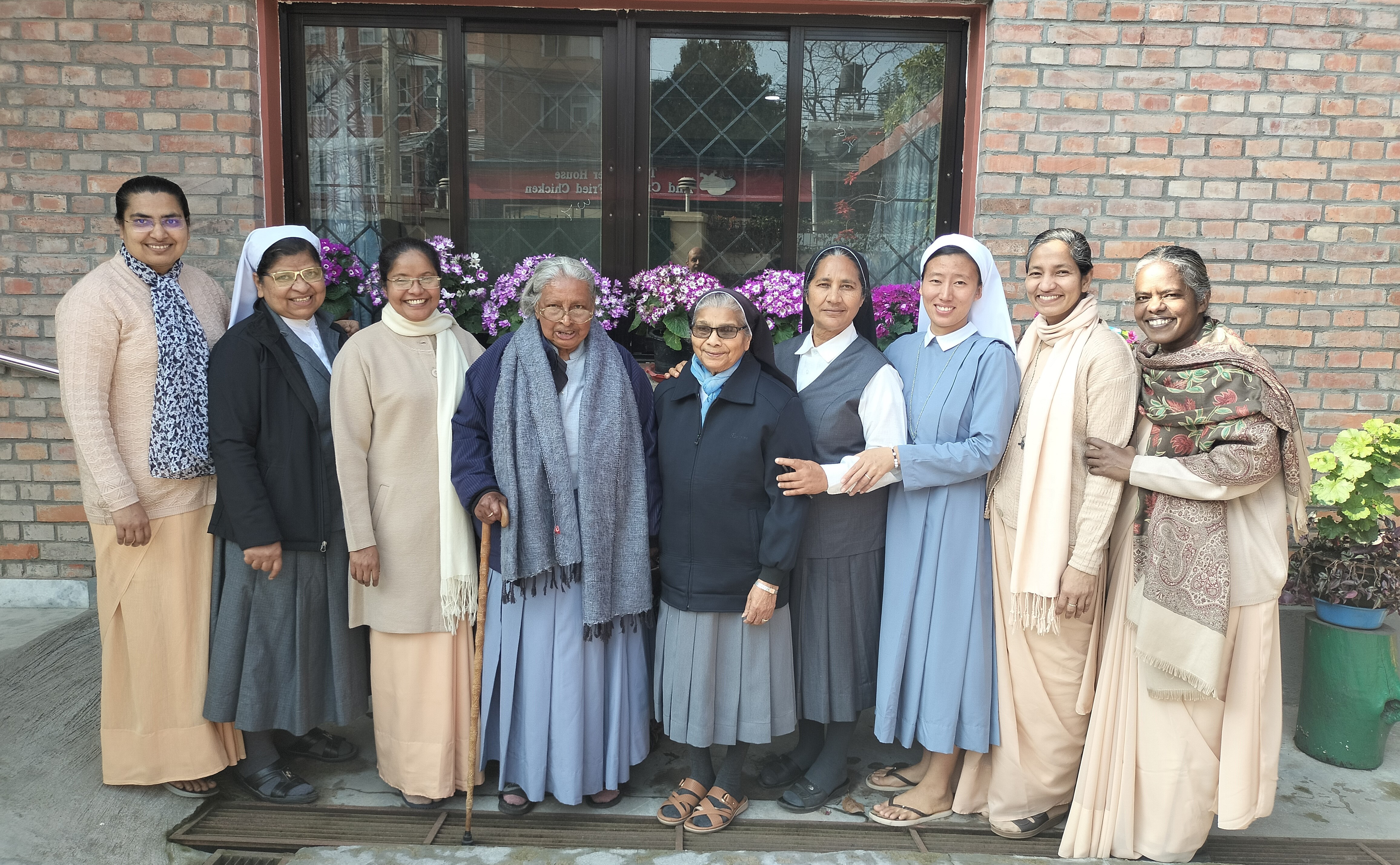Jawalakhel

St. Mary’s School in Kathmandu has a rich history, marked by significant growth and adaptation over the past 50 years.
Before 1950, Nepal was largely isolated from the outside world, and wealthy parents had to send their sons to schools in Patna and other Indian cities. This situation began to change with the affiliation of Trichandra College in Kathmandu to Patna University, and the involvement of Fr. Marshall Moran, S.J., who played a key role in educational initiatives in Nepal. His work led to contact with King Mahendra, eventually resulting in an invitation to establish a school for girls in Kathmandu.
The formation of St. Mary’s School was driven by the need for a girls' school following the establishment of a boys' school in Godavari. Fr. Moran invited the Sisters of St. Joseph’s, Patna, to start this school, and they accepted the offer. They selected "Thulo Bhawan" (Big House) as the initial location. On January 26, 1955, Mother Benigna, Sr. Frances, and necessary school equipment arrived in Kathmandu, facing primitive conditions and the curiosity of locals who had never seen such equipment.
St. Mary’s officially opened on February 15, 1955, with 15 students and two Nepali teachers. Due to transportation challenges, there was an immediate need for boarding facilities, and the number of boarders grew from 20 to 45 by the end of the first year. The school soon relocated to "Nagendra Bhawan" in 1956 due to space constraints, and continued to expand its facilities, including dormitories and classrooms, to accommodate the growing number of students. Throughout this period, the Jesuit Fathers provided crucial support, including security and construction assistance.
By 1964, St. Mary’s transitioned to local management with Mother Winfred as Superior. In 1974, the school shifted from the Cambridge curriculum to the Nepal Board’s SLC exam and changed from English medium to Nepali medium education. This transition caused some students and teachers to leave, but the school continued to receive awards for academic excellence, including the Birendra Vidya Regional Prize. During the late 1970s and early 1980s, the school faced student unrest and strikes, managing safety concerns during political instability.
In the modern era, St. Mary’s undertook multiple infrastructure projects to meet increasing demands, including the construction of new classrooms, science sections, and dormitories. The school also engaged with the community by establishing the Mary Ward School for street children and starting adult literacy classes. International support played a significant role, with donations from organizations like Misereor, Germany.
The contributions of key figures such as Fr. Marshall Moran, S.J., Mother Benigna, and Mother Winfred were crucial to the school’s success. Fr. Moran was an educational pioneer, Mother Benigna played a pivotal role in establishing and expanding St. Mary’s, and Mother Winfred guided the school through significant periods of growth.
St. Mary’s School in Kathmandu has grown from a small institution to a significant educational establishment over 50 years, adapting to changing educational policies and overcoming numerous challenges. This detailed history highlights the school’s resilience, community engagement, and the dedicated efforts of its founders and leaders.
